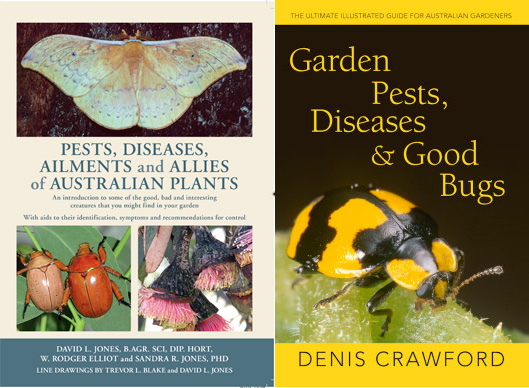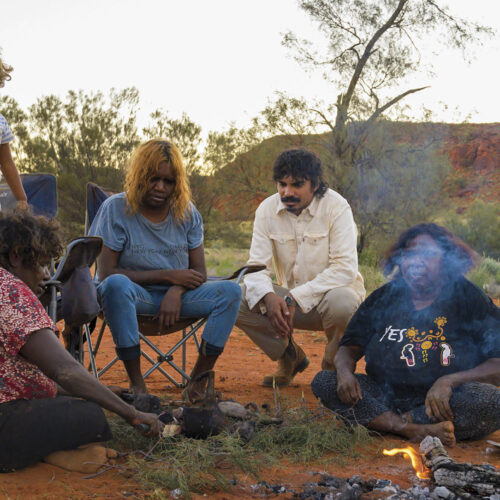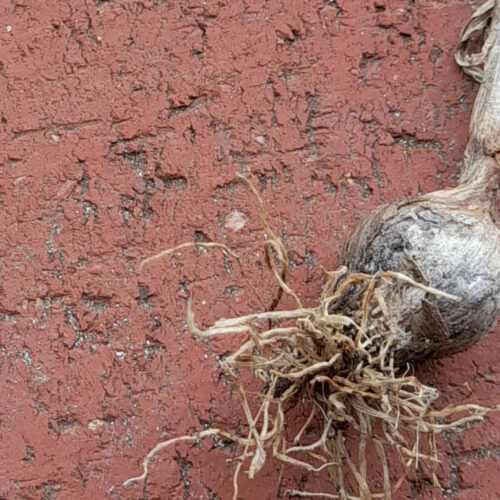Get to know your garden critters
2015-09-30T08:29:28+10:00
Do you know the pests you're dealing with asks PENNY WOODWARD
When I write about pests in gardens, I always advocate using the least harmful response first. So if you see an aphid, caterpillar or pear and cherry slug, squash it. A stink bug or snail, drop it in soapy water. The next level up for aphids might be a soap spray made by rubbing a vegetable oil based soap in water until its milky. Or molasses spray for cabbage caterpillars. Then perhaps you would turn to a certified organic pest oil to smother the pest or a Bt spray for the cabbage caterpillars. As well as these and other techniques, there are also all the barriers, collars and nets to stop pests getting to your produce in the first place.
However, a given in all of this is that you know the pests you are dealing with, and that you make sure you are not killing beneficial insects as well as, or instead of, your pests. We are very fortunate in Australia to have two excellent books that help enormously in identifying the beneficials and pests in our gardens. Both have been around for a long time, but have recently been released in new, more up-to-date and comprehensive editions. Both have also be recently reviewed in Organic Gardener magazine but I wanted to highlight here how important they are in helping you get to know the critters in your garden and the best ways to deal with them. For me, the best part of both books are the photographs. For someone who wanders around gardens, closely inspecting the insects and other micro fauna, as well as the plants, it is wonderful to have books that I can turn to in an attempt to identify what I am looking at.
Pests, Diseases, Ailments and Allies of Australian Plants, by David Jones, Rodger Elliot and Sandra Jones, is a wonderfully comprehensive book, full of beautiful photographs and detailed information about the good and bad bugs and diseases in our gardens. It focuses on Australian plants, but many of the insects described are also relevant to our edible plants and other exotic species. The first 20 odd pages are a very useful trouble shooting section that make it possible to quickly find the possible problem without having to leaf through the whole book. Both chemical and organic approaches to the pests and diseases are given, but the authors’ clearly tell us their preferences lie in creating a balanced natural environment, and add that they ‘hope the book assists readers to recognise the wondrous diversity in their gardens.’ From this book you can not only identify the insect but also learn about their life cycles and what, if anything, you need to do.
Garden Pests, Diseases and Good Bugs, The ultimate illustrated guide for Australian Gardeners, By Denis Crawford. Also with great pictures and excellent text, this book too has careful and clear explanations to aid identification, explain life cycles and suggest controls. Again both chemical and organic solutions are proposed. The three main sections cover Beneficial organisms, Pests, and Diseases, disorders and deficiencies. There’s also tables near the beginning that list common pests and diseases by plant group. So if something weird is happening to your tomatoes, under Solanaceous plants you’ll find all the pests and diseases that affect this family. Its a bit disheartening that there 45 altogether for just this one group! But it does help to narrow it down and point you to the page and picture to help you work out what it might be. Highly recommended, Denis Crawford has 35 years of experience; with this subject and his expertise shines through in the book.
I would suggest that a dedicated gardener who wants to understand the ecosystem of their garden, should probably have a copy of both books. With their depth of scholarship and knowledge they are cheap. Buy them from your local independent book shop. But if the budget doesn’t stretch that far then borrow one or both from your library and start the journey of identifying who else lives in your garden.
To add to your knowledge you might also like to listen to the podcast of my interview on ABC’s RN Blueprint for Living with Michael Williams and Tim Entwisle, about Using Plants for Pest Control
Pests, Diseases, Ailments and Allies of Australian Plants, by David Jones, Rodger Elliot and Sandra Jones, Reed New Holland, 2015, PB with PVC cover, 448 pages, $45
Garden Pests, Diseases and Good Bugs, The ultimate illustrated guide for Australian Gardeners, by Denis Crawford, ABC Books, HarperCollins Publishers, PB 464pages, $39.95






